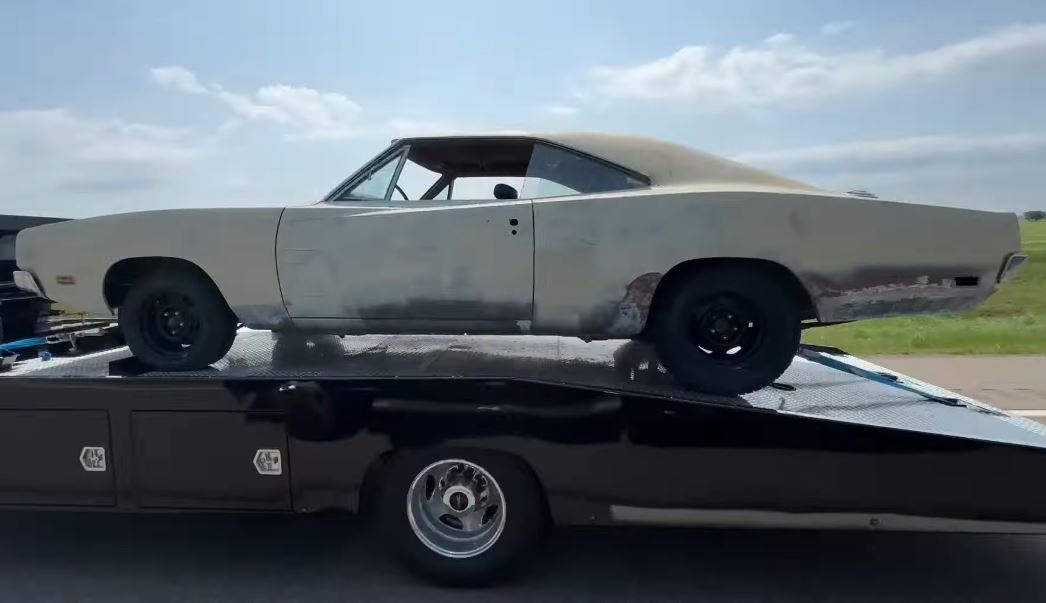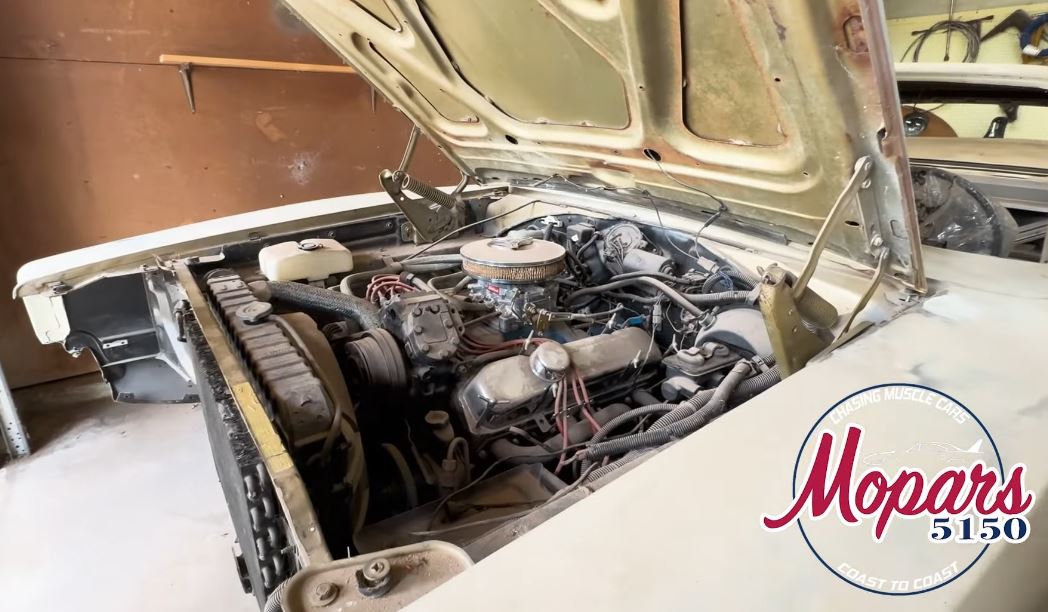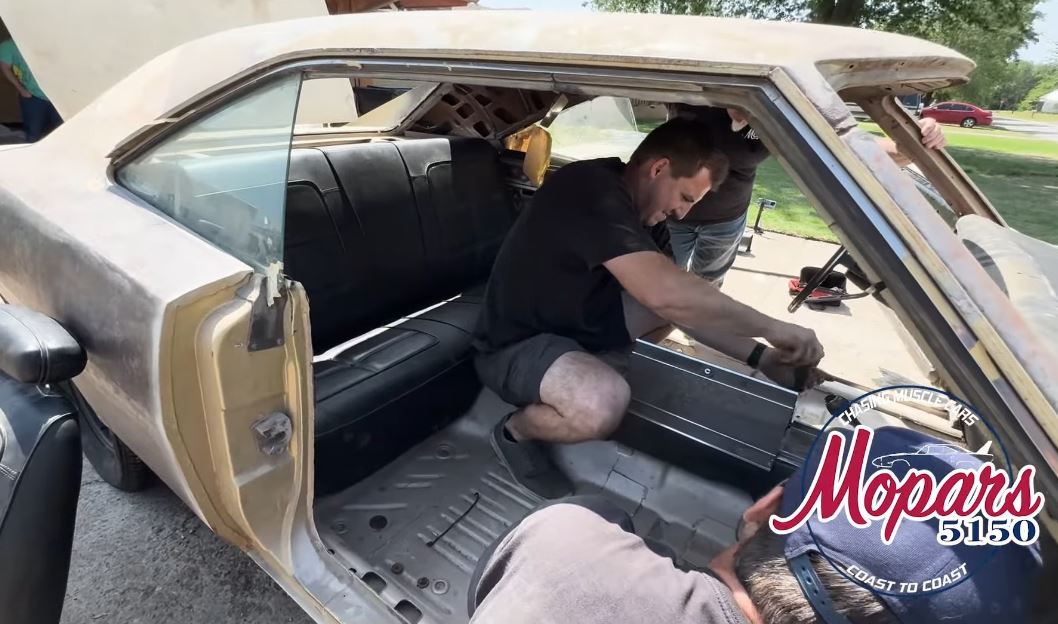The second-generation Charger is probably the epitome of the Mopar muscle car. In three model years (1968-1970), the Charger sold more examples than the Challenger pony sold in five (1970-1974). And let’s not forget the competition-infested waters the iconic Dodge of the sixties was swimming in. That’s what makes them so coveted today, particularly when the history behind them is just as outstanding as the cars.
Picture this: it’s 1969, and a junior high school student from Kentucky drives his Pontiac Tempest on the way to the dealership. Not the General Motors sales venue, however, but the competitor’s from ChryCo. The teenager would trade in the Poncho for the newest piston sensation – a second-generation Dodge Charger, vintage 1969.
However, not everything goes according to plan – one wheel flew off the Tempest. While this accident might have deterred certain people from going the distance, it only encouraged the young car nut to become a Mopar guy. His weapon of choice was a big-block Charger, but don’t think 440 Magnum or 426 Hemi. He opted for the 383 cubic-inch V8, Chrysler’s two-barrel carbureted 6.3-liter entry-level heavy puncher.
While some car radicals might frown upon his choice, the unfolding story will absolutely blow their eyebrows off. The teenager and his Charger never parted ways again – the car was there for him in the most important moments of his life, including the wedding, honeymoon (and everything before, after, and between).
The car was driven – that’s what it was built (and bought!) for, but the owner’s wife always had something to complain about: the console was never easy to sit on. Talk about missing the perfect moment to ask for a bench seat… alas, years went by, and the car slowly faded into a state where serious restoration was needed.
In 2001, the owner took it apart with the honest intention of getting his beloved Dodge back to its prime. The car sat on a patio for the following eleven years, with parts scattered in boxes in the trunk and elsewhere. In 2012, the owner had a stroke (fortunately, it wasn’t fatal), and the car was placed on hold. The family eventually approached a repair shop to finish the job, so the Dodge could become its owner’s pride and joy once more.
For six years, the Charger sat in the shop’s yard waiting for its turn to be wrenched and painted, and tree saplings began sprouting around and under it. One of them made it so far that it grew through the trunk. The family took it back from the shop with only partial work done to it (and not a great job at that, too) and pushed it into a garage in 2017, where it sat until today.
When the car was disassembled for restoration in 2001, the owner and his son rebuilt the engine and upgraded it to a four-barrel rank. Realizing the car may never see the light of day again, the owner agreed to sell it, and the classic car rescuers from YouTube’s Mopars5150 channel got the call. An original-owner 1969 Dodge Charger is not something you say anything but ‘Yes’ to, so here it is, getting ready for a second coming.
Although it doesn’t look like much now, with the inside scattered around in boxes and no glass, the Dodge is complete, and all the parts are original (just not on the car). The 55-year-old Mopar is still solid and straight (it was never involved in a collision, not even whisky dents), and the engine ran 24 years ago.
Now, if the owner retrofitted the correct four-barrel carburetor from the period, the 383 V8 could be good for anything between 290 hp and 390 lb-ft of torque (294 PS, 529 Nm) output of the 9.2:1 compression ratio 383-2bbl and the 330 hp, 425 lb-ft (335 PS, 576 Nm) of the stouter four-throat variant (with a 10:1 compression and dual exhaust, not single, like in the lower-spec version). Unfortunately, the video below isn’t a ‘first start in X years,’ as the Charger will get a full renovation from the ground up before the big-block will get its pistons reciprocating again under internal combustion power.


